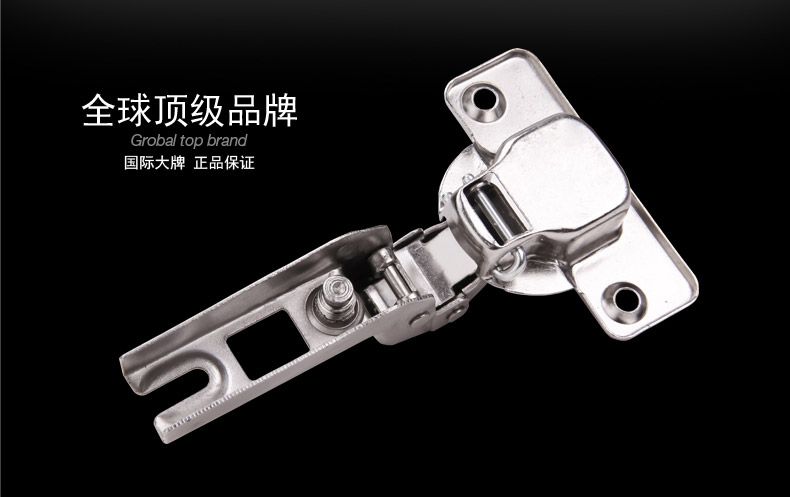Title: Crafting a Successful Online Operations Plan for Hardware Brands
As the world becomes increasingly digitalized, hardware brands are faced with the challenge of effectively managing their online operations. A successful online operations plan requires a strategic approach that considers various factors such as market trends, consumer behavior, and technological advancements. This article discusses the key elements of a comprehensive online operations plan for hardware brands, including creating a strong brand presence, developing a user-friendly website, utilizing social media platforms, offering seamless shopping experiences, ensuring data security and privacy, and continuously optimizing the online customer experience. By implementing these strategies, hardware brands can effectively reach their target audience, build trust and loyalty, and ultimately drive business growth in the digital landscape.
In today's digital age, where the internet has become an integral part of our lives, it is imperative for hardware brands to have an effective online presence. A well-planned and executed online operations plan can help these brands not only increase their visibility but also drive sales and strengthen customer relationships. This article aims to provide a comprehensive guide for hardware brands on how to create a successful online operations plan.
I. Understanding Your Target Audience
The first step in developing an online operations plan is to understand your target audience. Who are your customers? What are their needs and preferences? What motivates them to buy your products? By answering these questions, you can tailor your online presence and marketing strategies to meet the specific needs of your target audience.
II. Creating a Strong Online Presence

A strong online presence is crucial for hardware brands. This includes having a professional website that accurately represents your brand, offering easy-to-use e-commerce platforms, and maintaining active social media accounts. Your website should be user-friendly, visually appealing, and provide detailed product information. E-commerce platforms should be secure and easy to navigate, with clear product descriptions and high-quality images. Social media accounts should be regularly updated with engaging content that showcases your products and engages with your audience.
III. Developing a Content Strategy
A content strategy is essential for building brand awareness and driving traffic to your website. This involves creating a mix of different types of content, such as blog posts, videos, infographics, and social media updates. Your content should be informative, engaging, and relevant to your target audience. It should also align with your brand's values and voice. Regularly publishing high-quality content can help establish your brand as a thought leader in your industry and improve your search engine rankings.
IV. Implementing Search Engine Optimization (SEO)
SEO is the process of improving your website's visibility in search engine results pages (SERPs). To optimize your website for search engines, you should focus on keyword research, meta tags, header tags, alt tags, and backlinking. By using targeted keywords, creating compelling meta descriptions and titles, and optimizing your website's structure, you can increase your chances of appearing at the top of SERPs when users search for products related to your brand.
V. Leveraging Paid Advertising
Paid advertising is a powerful way to reach a large audience quickly. Platforms like Google Ads, Facebook Ads, and Instagram Ads allow you to target specific demographics based on criteria such as location, age, interests, and behaviors. By creating targeted ads that resonate with your target audience, you can drive traffic to your website and increase conversions.

VI. Building Email Marketing Lists
Email marketing is an effective way to keep customers engaged with your brand and promote new products or promotions. By collecting email addresses through sign-up forms on your website or social media accounts, you can create targeted email campaigns that deliver customized messages to subscribers. Regularly sending newsletters or promotional emails can help build loyalty among customers and increase repeat purchases.
VII. Analyzing and Optimizing Performance
To ensure the success of your online operations plan, it is essential to regularly analyze and optimize its performance. This involves tracking key metrics such as website traffic, conversion rates, bounce rates, and social media engagement. By monitoring these metrics and making data-driven decisions based on the insights gained, you can continuously improve your online operations plan and achieve better results.
Conclusion
Creating a successful online operations plan for hardware brands requires a strategic approach that aligns with the unique needs and goals of each brand. By understanding your target audience, creating a strong online presence, developing a content strategy, implementing SEO techniques, leveraging paid advertising, building email marketing lists, and analyzing performance, you can develop an effective plan that drives sales
Articles related to the knowledge points of this article:
The Story of Hardware Brand YACC
Five Metals That Are Not to Be Bought as Brands
Stainless Steel Bathroom Hardware Brands



